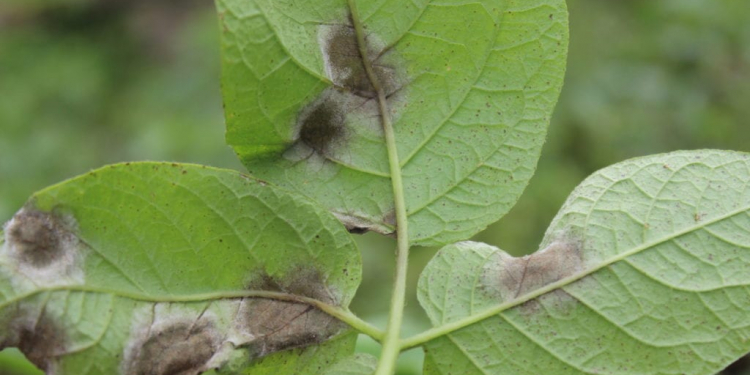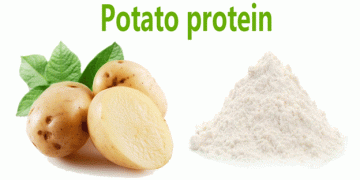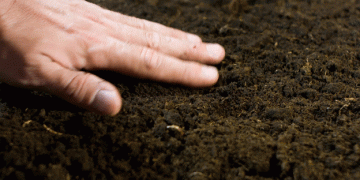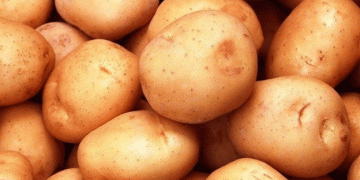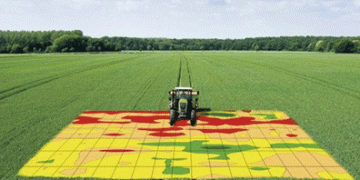Only a limited number of specific resistance genes are available for the breeding of phytophthora-resistant potato varieties. In order to maintain these resistances, it is important that virulent, resistance-breaking phytophthora strains are not given any space.
This is the message of researcher Geert Kessel of Wageningen University & Research (WUR). He advises potato growers with robust potatoes to remove and destroy plants affected by phytophthora as soon as possible during the growing season. “These virulent mutations should not be allowed to spread and become large in the Phytophthora population.”
Kessel gave a workshop on resistance management during the Bio Knowledge Week on Friday. He did this in the context of the covenant ‘Accelerated transition to robust potato varieties’. This covenant, which was started in 2017 at the initiative of the organic potato sector, aims to grow 100 percent robust potatoes in the Netherlands for organic sales channels from next season.
Purpose of the covenant
Robust mainly means resistant to phytophthora. In order to realize and subsequently enforce the aim of the covenant, it is very important that organic potato growers are careful with the available resistant varieties. In his presentation, Kessel shows how phytophthora manifests itself in practice and what the impact is on the cultivation of resistant varieties.
• Read also: Three more years in search of more robust potatoes
The plant protection researcher and phytophthora specialist at WUR makes a comparison with corona. ‘If we had managed to properly isolate the first patient with corona, then this virus would never have developed into the pandemic, as we are now dealing with it. It is the same with virulent mutants of Phytophthora. If we consistently crush it, such a variant will disappear automatically. ‘

Unique genotypes
Over the past two years, Kessel and his colleagues from the demo fields with robust potato varieties have collected isolates with phytophthora spots at three locations in the Netherlands. His analysis shows that in 2019 mainly the phytophthora strain EU 36 was found on the robust varieties. The variation was much greater in the past year. In addition to the EU 36, this also concerned, for example, Blue 13, EU 37 and a considerable ‘gray’ group with new, more or less unique genotypes.
The greater variation and in particular the large contribution of this gray group with various new genotypes in 2020 shows, according to Kessel, how Phytophthora is able to adapt genetically quickly to changing circumstances. ‘The fungus uses the strategy of survival of the fittest. As a result, the proportions in the fungal population shift and phytophthora is continuously improving. ‘
Virulence test and gray group
The isolates from the demo fields were subsequently tested by the WUR researchers for their virulence. This has been carried out with all relevant phytophthora resistance genes. The virulence test confirms that, in particular, representatives from the gray group occasionally contain rare virulences. ‘Fortunately, these virulences do not yet occur in practice on a large scale,’ says Kessel.
‘We also find rare virulences in some other resistance genes. In practice, this does not cause any problems yet. However, it is important to ensure that the selection pressure remains low for these unknown strains. The basis of good resistance management and thus preservation of the resistances is to ensure that the presence of virulent spores is limited as much as possible. ‘
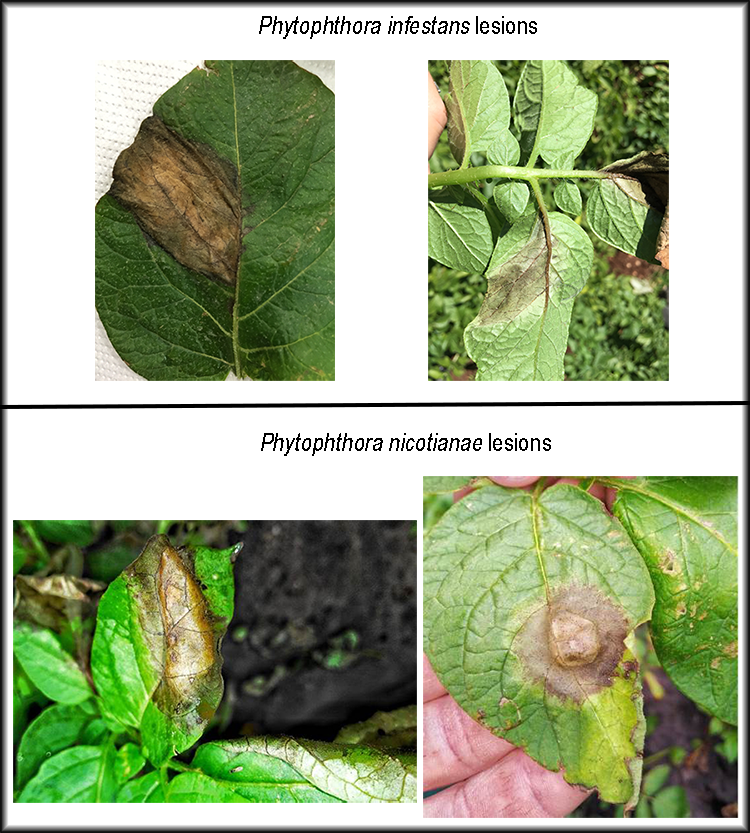
R genes are rare
Finally, the WUR researcher emphasizes that there are not an endless number of resistance genes against phytophthora available. ‘For the time being we have to make do with the resistance sources that are now known. R genes are rare and therefore valuable. All the more reason to use this sparingly in potato cultivation. ‘
